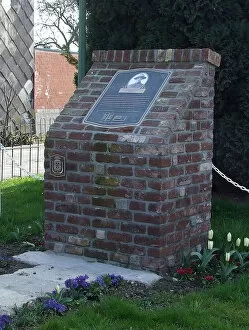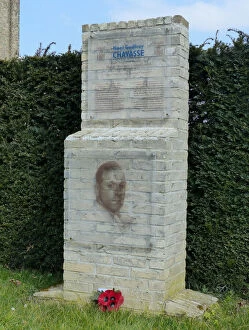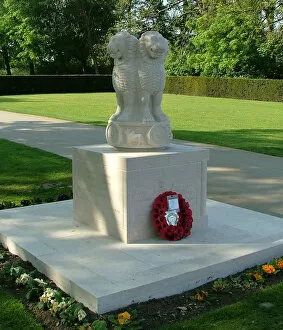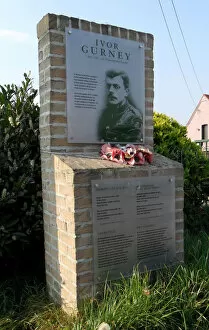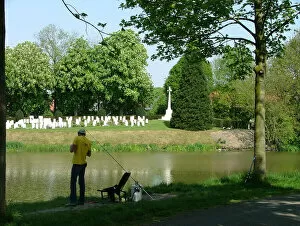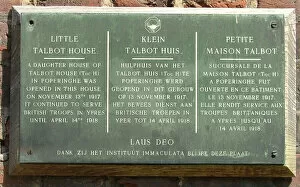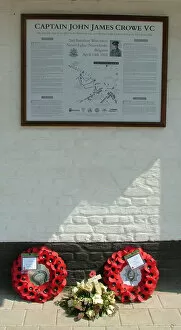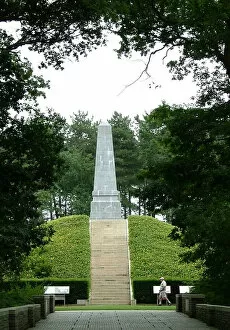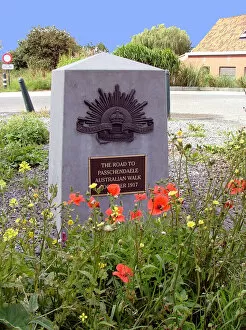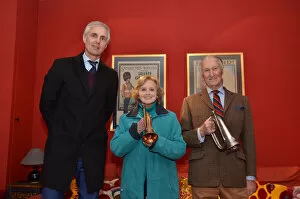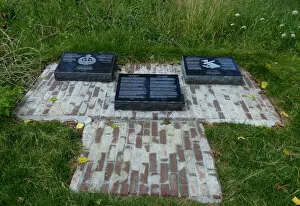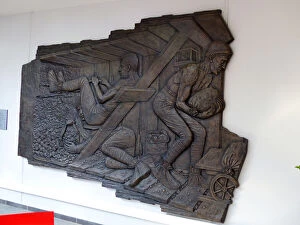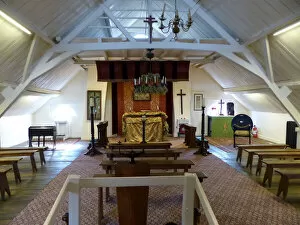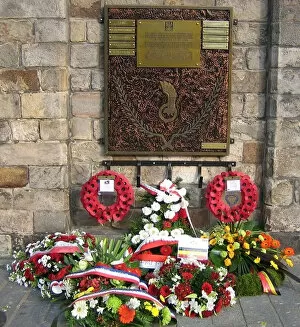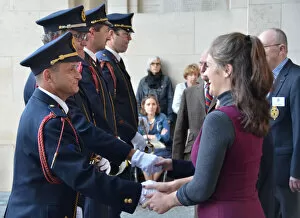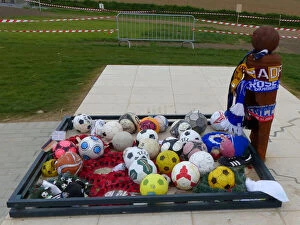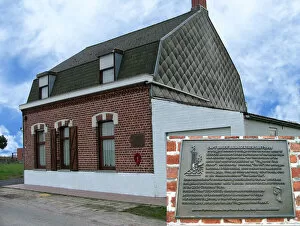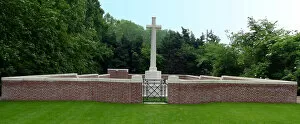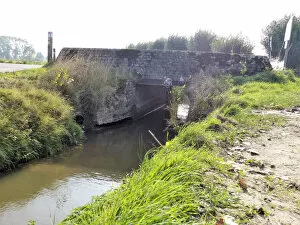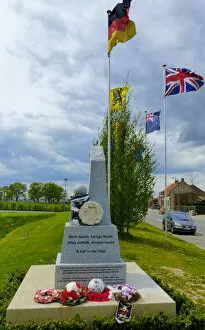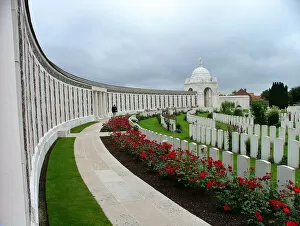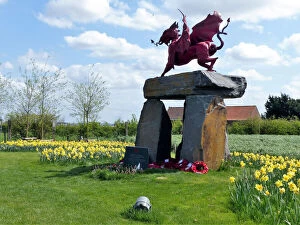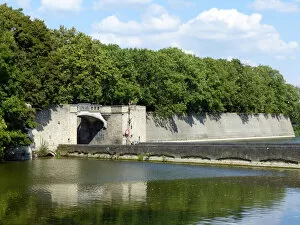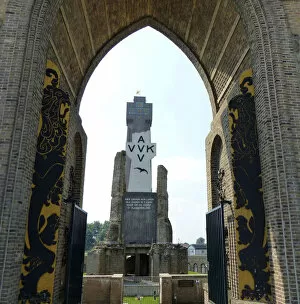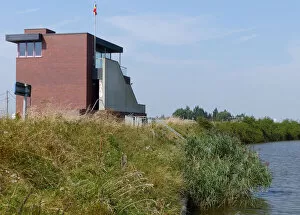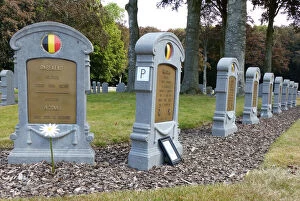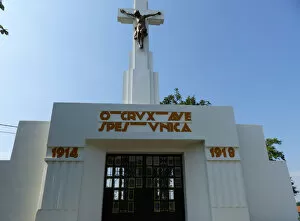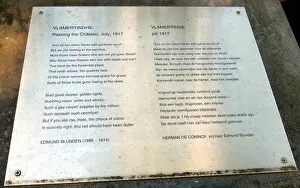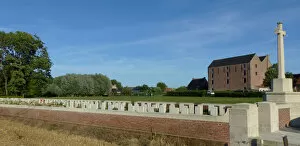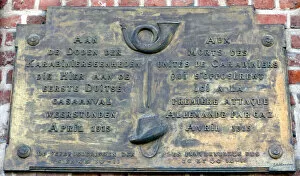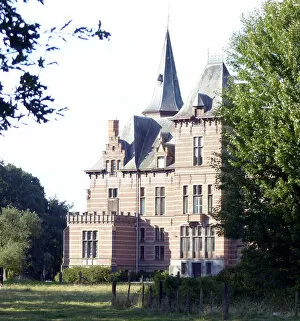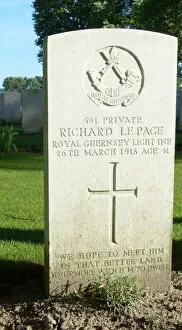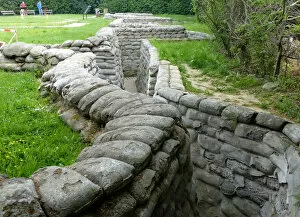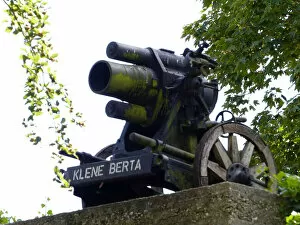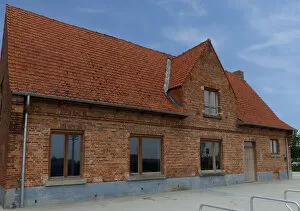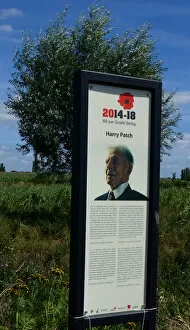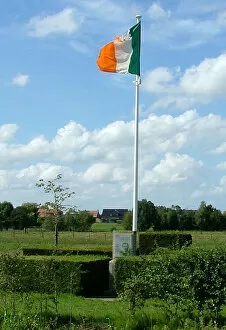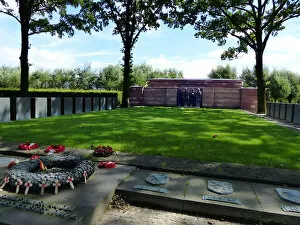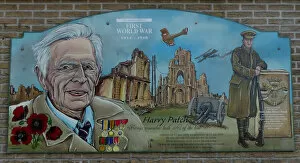Ypres Collection (#5)
Ypres, a city forever etched in the annals of history
For sale as Licensed Images
Choose your image, Select your licence and Download the media
Ypres, a city forever etched in the annals of history. From the iconic painting "The Canadians at Ypres" by William Barnes Wollen to Hs Power's depiction of artillery and horses amidst the chaos of World War I, this Belgian town witnessed it all. British soldiers in 1917 fought valiantly on its war-torn streets, displaying unwavering courage like Captain Noel Godfrey Chavasse, who was awarded the Victoria Cross for his exceptional bravery. The Brooding Soldier stands tall at the Canadian Memorial in Vancouver Corner, serving as a poignant reminder of the sacrifices made during WWI. Tanks rumbled through Ypres during the Battle of Menin Road, their steel behemoths shaping the course of history. Australian troops stood amidst the remains of Chateau Wood in Passchendaele 1917, their resilience echoing throughout time. Not forgotten are those brave Northumberland Fusiliers who held their ground at St Eloi in 1916. Matania's masterpiece "In The Famous Plug Street Wood" captures both beauty and devastation simultaneously experienced within Ypres' borders. Beyond its wartime significance lies Ypres' Main Town Square - once bustling with life but now bearing scars from Europe's darkest days. Ten postcards tell tales before, during and after war; each image revealing fragments of a resilient community that refused to be defeated. Today, only ruins remain as silent witnesses to past horrors endured by this remarkable city. Yet amid these remnants emerges hope for a brighter future – one where remembrance ensures that such devastation is never repeated again.


